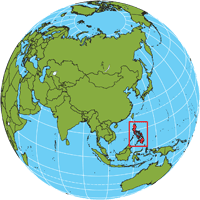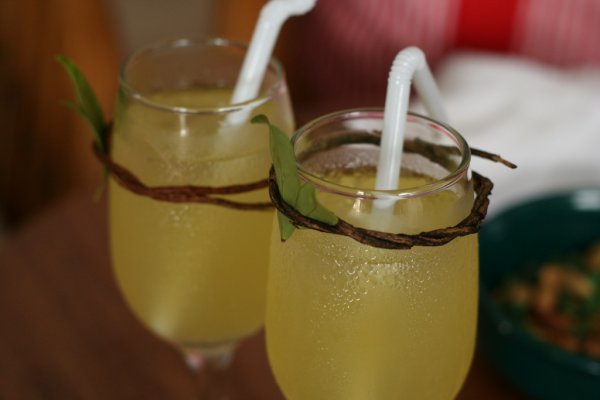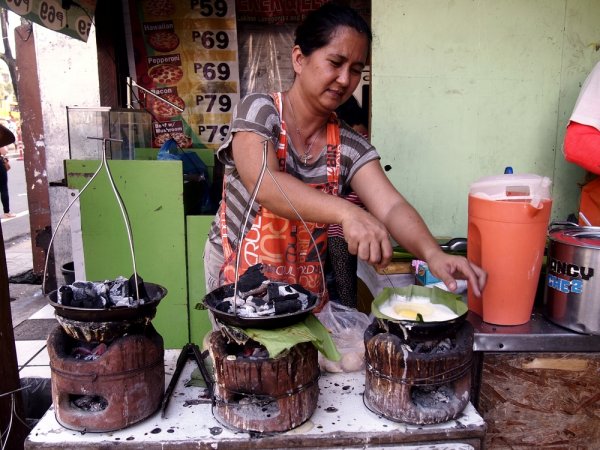Food and Drink: National Cuisine
As an island nation, the Philippines is heavily reliant on fresh fish, with rice and vegetables also staple ingredients. Full-flavored dishes are standard and are most often simply prepared to let the main ingredients shine. Filipino cuisine includes strong Spanish, Japanese, and US influences from when those countries ruled the southeast Asian nation. Commonly eaten foods show a Chinese influence as well, like the noodle dishes that are either fried, like pancit, or in soup form. Spring rolls (lumpia) also derive from the Chinese.
Salty, Sour, and Sweet
Powerful, rich flavors define Filipino cuisine, particularly salty, sour, and sweet notes, and dishes are not generally spicy. Garlic, ginger, coconut, and onions are widely used as flavorings, and vinegar- and soy-based dipping sauces are common accompaniments to savory dishes. Fish sauce and shrimp paste are also commonly used.
Rice is a staple of Filipino cuisine and is eaten at most meals. Used in a variety of ways, rice can become either a sweet or savory dish. Cooked white rice is called kanin, while fried rice is sinangag. Fresh vegetables are as essential to a Filipino meal as rice, with tomatoes, eggplant, and okra common ingredients. Vegetables are most commonly steamed, sauteed, or stir-fried. Also widely used are green mangoes, papayas, plantains, and pineapples, which are often added to savory dishes. Durian is also enjoyed and has great flavor despite its unpleasant smell.
Essential Proteins
Meats including chicken, fish, and pork are fried and served crackling hot. These proteins are widely eaten in soups, stews, and in grilled form, and are also used as flavorings. Adobo, considered the country’s national dish, is a slow-cooked meat stew made with vinegar sauce that’s related to Spanish adobado. Other popular dishes include oxtail stew (kare kare), a raw fish salad called kinilaw, and pig roasted whole for lechón. A popular sausage is longganisa and cured beef is called tapa.
Kamayan is the Filipino tradition of eating with the hands—dexterous “utensils” good for scooping up rice and said to make food taste better. Meal times constitute a sacred ritual of sharing among families.
Beer is the most popular alcoholic drink, and tuba is a locally made coconut wine. The abundance of fresh fruit transforms into juices and shakes, with calamansi juice—a citrus hybrid also known as Philippine lime— especially popular.
Favorite sweets are flan and ensaymada—a brioche-like sweet bread—which stem from European influences, while the layered dessert, halo-halo derives from Japan. Halo halo always has crushed ice and evaporated milk, though it can include many different ingredients, among them sweetened beans, coconut strips, and fruit slices.
Copyright © 1993—2025 World Trade Press. All rights reserved.

 Philippines
Philippines 

